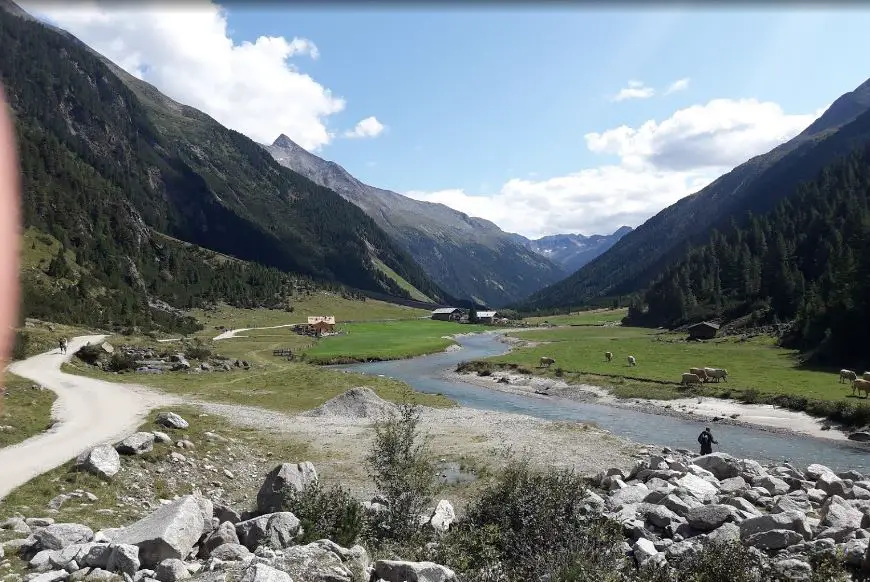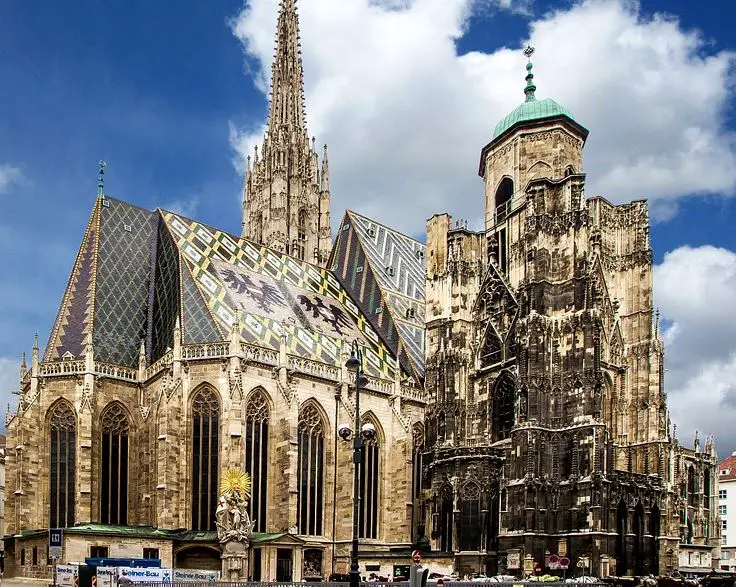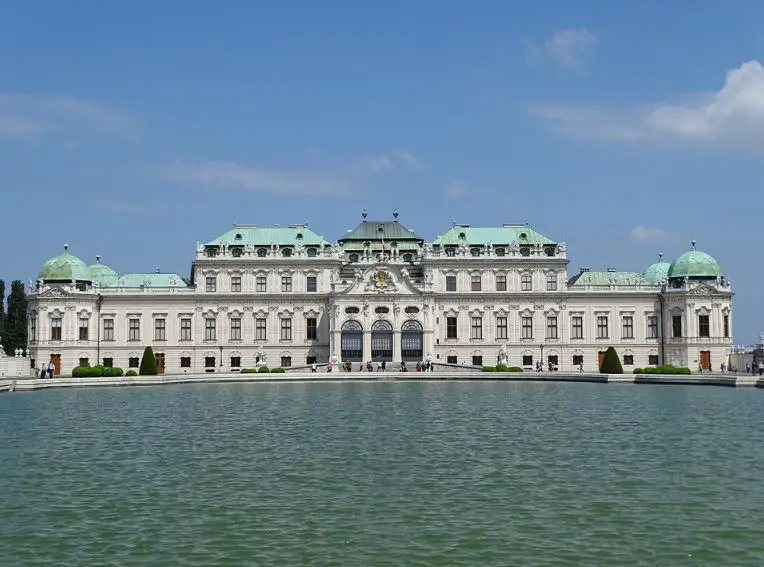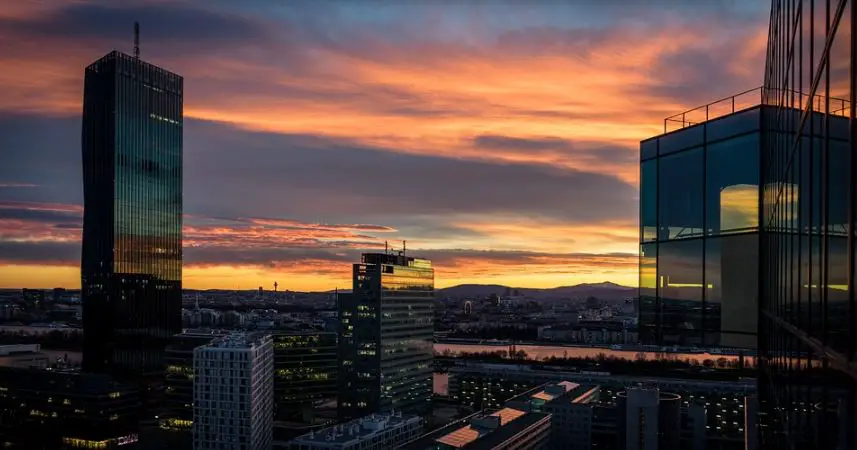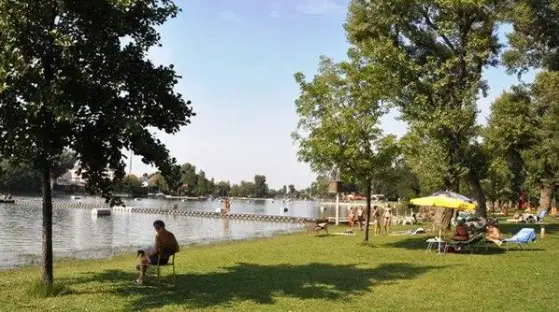What is the history behind Germany's historic government buildings?
Post ByAdequate Travel
Summary
Did you know that Germany’s historic government buildings are steeped in centuries of history? In this blog, we’ll take a look at the fascinating story of the evolution of Germany’s public buildings, from 19th century industrial centers to the modern day governmental hubs.History of Germany's Historic Government Buildings:
1. Reichstag Building:
The Reichstag Building in Berlin is one of Germany's most iconic government buildings. It was originally constructed in 1894 to house the parliament of the German Empire. However, it went through significant historical events that shaped its history:
- Destruction and Reconstruction: During World War II, the Reichstag was heavily damaged. It remained in ruins until German reunification when reconstruction efforts began in 1992.
- Symbol of Unity: After its reconstruction, the Reichstag became a symbol of German unity and democracy. The glass dome added to the building symbolizes transparency in government.
- Historical Events: The Reichstag witnessed important historical events, including the proclamation of the German Republic in 1918 and the burning of the Reichstag in 1933, which led to the rise of the Nazi regime.
2. Brandenburg Gate:
The Brandenburg Gate is an iconic symbol of Berlin and the reunification of Germany. Although not a governmental building itself, it has played a significant role in the country's history:
- Historical Symbolism: The Brandenburg Gate was originally built in the late 18th century as a city gate and became a symbol of Prussian power.
- Divided Berlin: During the Cold War, the gate stood in no man's land between East and West Berlin. It became a potent symbol of the divided city.
- Reunification Celebrations: Following the fall of the Berlin Wall in 1989, the Brandenburg Gate became a central location for celebrations and speeches during the reunification of Germany.
3. Chancellery Building:
The Chancellery Building, also known as the Federal Chancellery, serves as the official office and residence of the German Chancellor. Its history is closely tied to modern governance in Germany:
- Reunification Planning: The Chancellery Building was constructed in the 1990s in preparation for German reunification.
- Strategic Design: The building's design reflects transparency, featuring enormous glass facades and open spaces to symbolize the government's connection to the people.
- Important Decision Making: The Chancellery Building is where the Chancellor and their staff work on crucial decisions and policies that shape Germany.
4. Bellevue Palace:
The Bellevue Palace serves as the official residence of the German President. Its historical significance can be traced back to the 18th century:
- Historical Origins: Built in the late 18th century as a summer residence for a Prussian prince.
- Presidential Residence: Since 1994, the Bellevue Palace has been the official residence of the German President.
- Symbol of Democracy: The palace represents the role of the President as a figurehead and a symbol of German democracy.
Suggested Questions
- Bergkirchweih, Erlangen: Horror Story, History & Paranomial Activities
- Hotel Elephant, Weimar: Horror Story, History & Paranomial Activities
- Heppenheim Castle, Heppenheim: Horror Story, History & Paranomial Activities
- Festung Königstein, Königstein: Horror Story, History & Paranomial Activities
- Frankfurter Hof, Frankfurt: Horror Story, History & Paranomial Activities
- Schloss Herberstein, Feldbach (near the German-Austrian border): Horror Story, History & Paranomial Activities


